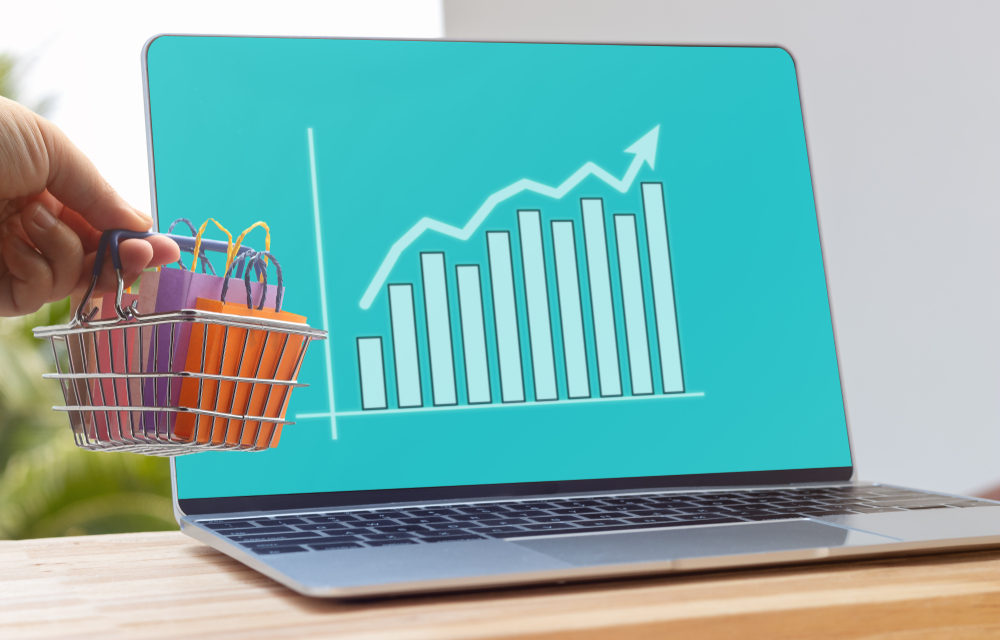Article by eMarketer Editors
Source: www.emarketer.com, April 2020
Despite strong growth, D2C companies are facing more headwinds
For the first time, we are breaking out direct-to-consumer (D2C) ecommerce sales. We define D2C companies as digitally native brands that started as independent online retailers selling directly to consumers. Our estimates exclude travel and event tickets, payments (such as bill pay, taxes or money transfers), food or drink services, gambling and other vice good sales.
In 2019, D2C ecommerce sales reached $14.28 billion in the US. In 2020, we forecast that sales will grow by 24.3%, to $17.75 billion. Although it’s too early to predict the full impact of the coronavirus pandemic on D2C sales, we anticipate that brands in the sector will face mounting challenges.
“Even though consumers are buying more products online due to the coronavirus, digitally native D2C brands should anticipate hardships in the coming months,” eMarketer senior forecasting analyst Oscar Orozco said. “Sales will continue to shift from nice-to-have products to must-have products, with D2C brands falling under the nonessential category. Disruptions in the supply chain are also likely. That will mean slower shipping times, normally a distinguishing factor for D2C products.”

